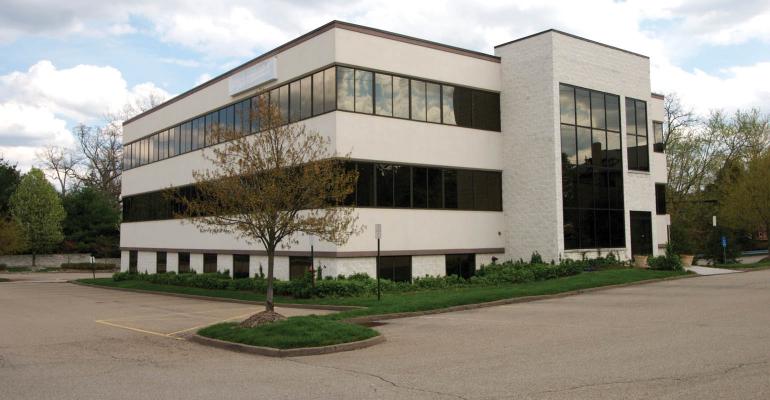As this real estate cycle matures, suburban office markets are showing greater promise. They offer more favorable pricing than many urban markets, while at the same time experiencing continued job growth, limited new supply, positive net absorption and in-migration of young workers as they begin raising families, according to the Urban Land Institute’s (ULI) Emerging Trends in Real Estate report.
During a presentation of the report at the ULI fall conference, Andrew Warren, director of real estate research with consulting firm PwC, which provided research support for the report, noted that the oldest group of millennials, who are now in their early- to mid-30s, are moving to suburban communities.
Warren noted that U.S. Census data indicates that this migration will continue through 2028 as more millennials enter their 30s. The data shows millennials, in large part, are going south (35 percent) and west (27.2 percent), presumably due the to lower cost of living, higher quality of life, strong job growth and lower taxes in those areas.
Meanwhile, JLL’s Ambitious Thinking: Smart Cities report notes that the majority of office-occupying jobs are still located in the suburbs. As a result, reverse commuting remains a fact of life in all major regions and is up 11.6 percent over 2011 levels, with more than 4.8 million workers reverse commuting out of major cities in the 25 largest metropolitan areas.
The headquarters of many major technology firms and most Fortune 500 and Fortune 1000 companies are located in the suburbs, says Jim Postweiler, managing director with JLL based in its Chicago office.
So after several years of investors prioritizing the urban core, they are beginning to look at suburban office opportunities, says Byron Carlock, national real estate leader with PwC. He notes that bright spots for office investors include suburban communities where developers are creating live-work-play environments and rural college towns where developers are creating housing alongside commercial space around a university.
Investors also favor urbanized suburban markets connected to central business districts (CBDs) via mass transit, says Postweiler. He notes that the migration of millennials to the suburbs should ease investor concerns about demand for suburban office space.
“Value-add investors that ‘millennialize’ class-A buildings to creative office space are seeing good market response,” he adds, noting that some investors are using tech giants’ playbook, repositioning suburban office campuses as a community environment with housing and commercial space.
Suburban office assets increasingly offer a better value for investors than urban office product. As of May 2018, suburban office values outperformed CBDs on a three-year basis, according to Real Capital Analytics’ Commercial Property Price Indices (CPPI). RCA’s CPPI registered that CBD office pricing has gone down 2.0 percent since it peaked in November 2017 and 0.3 percent year-over-year, while suburban office pricing rose 6.2 percent since last November and 8.5 percent year-over-year.
Suburban office assets can be acquired for below replacement cost and often generate yields that are 150 to 200 basis points above those found in CBDs, Postweiler says. Other incentives for investing in suburban office assets include rising rents, high demand and positive absorption.
Institutional investors are dipping their toes into suburban office markets on a selective basis, but competition for assets remains limited, as the majority of investors is still made up of family offices, small funds and value funds, he notes. And while rents are at historic peaks in some suburban markets, there’s still lots of room for growth before they reach the tipping point.





